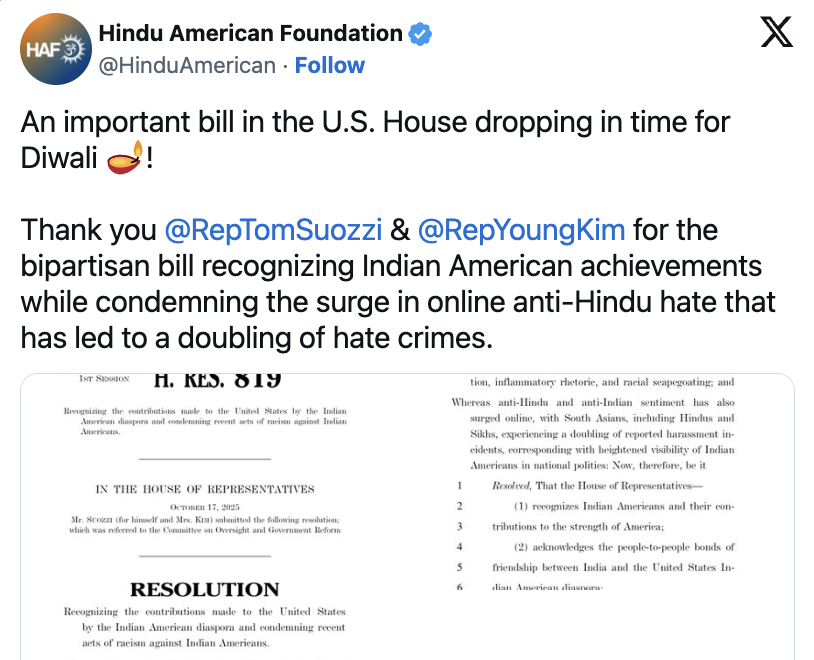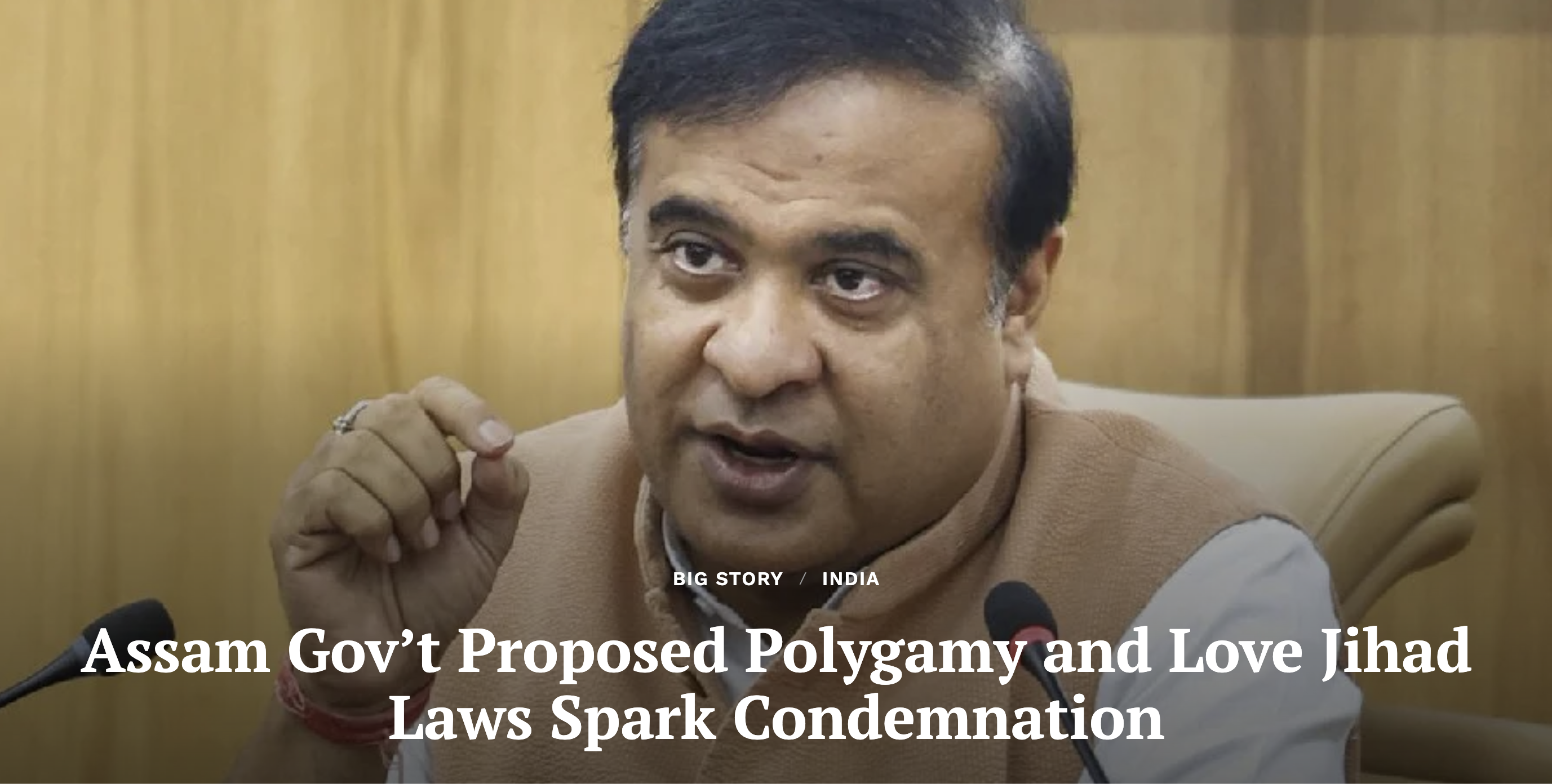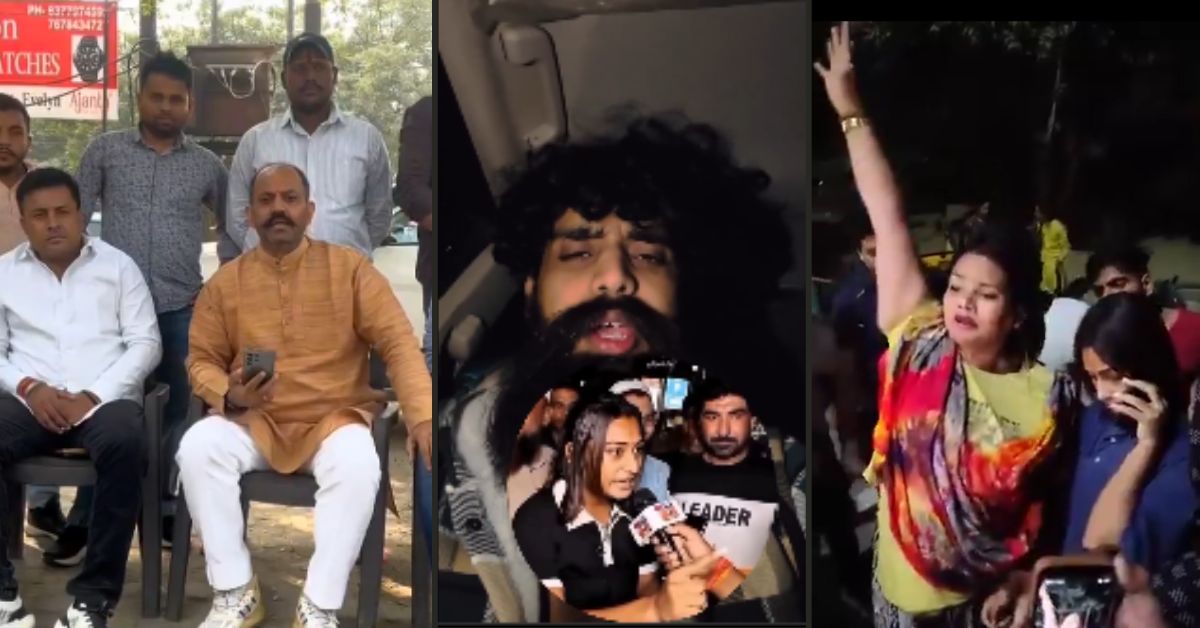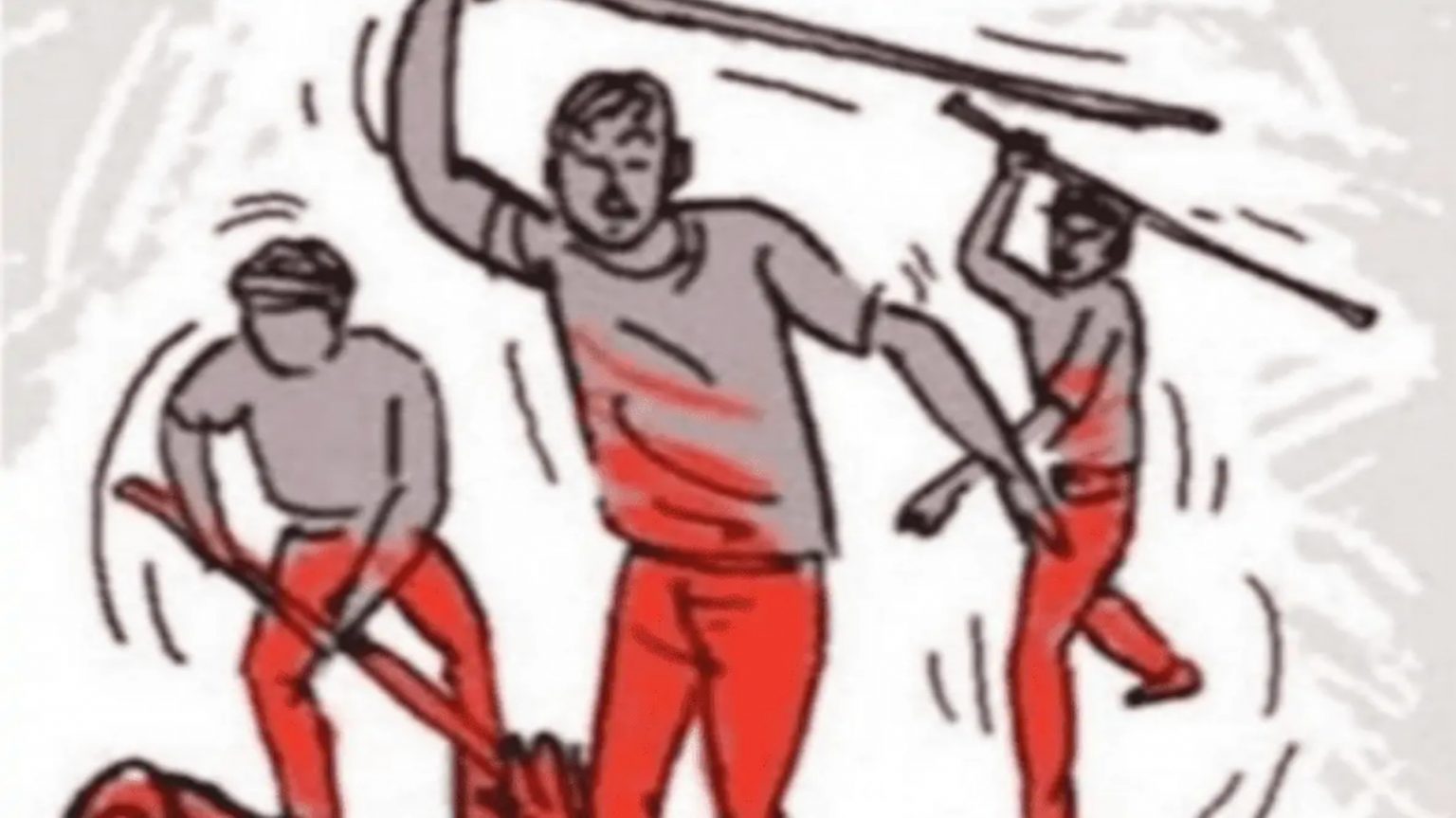
Kolkata, Nov 6: The West Bengal (Prevention of Lynching) Bill, 2019 was passed by the Assembly in August 2019, and has provisions for a death sentence and jail terms, spanning three years to life, for those involved in assaulting or injuring a person, depending on the extent of crime.
However, till date, the law has remained at the non-implementation stage, following certain factors where its provisions might contradict central acts on similar issues.
Although West Bengal does not figure among the places where major cases of lynching were reported during the last few years, reports keep on coming from different corners of the state on such expression of aggression by public, causing death or severe injuries.
Here are some examples. In Shyamnagar of North 24 Parganas district in August this year, a youth, trying to flee after snatching a mobile phone, was caught by locals and severely beaten up. He was taken to a hospital where he was declared dead.
In July this year, a man, fleeing after killing his wife, was nabbed and lynched in Birbhum district. In June, the same fate was received by a suspected thief after he was lynched by local people at Baruipur in South 24 Parganas district. Even on September 4, a suspected thief was severely beaten up at Daspur in West Midnapore district and sustained severe injuries, before the police rescued him.
Now this reports of lynching or mob-bashing have raised certain questions in the society.
Is the loss of trust in the judicial system encouraging people to take law in their own hand and resort to vigilante justice? Will new laws on this count help in reducing instances of people venting their pent-up anger on those they assume to be guilty of a crime?
IANS tried to find an answer by speaking to certain psychologists and legal experts.
According to Dr Tirthankar Guha Thakurta, visiting faculty with the Department of Psychology of the University of Calcutta and faculty of KPC Medical College and Hospital, the crave for vigilante justice had always been there in any society.
“The face of the reflection of that vigilante justice is at times, personal, and at times, the mass. Obviously, the reflection gets a more violent shape when the mass is involved. For me, these are reflections of the people losing faith in the administration or the sloth-like movement of the judicial system.
This story was originally published in argusnews.in. Read the full story here






